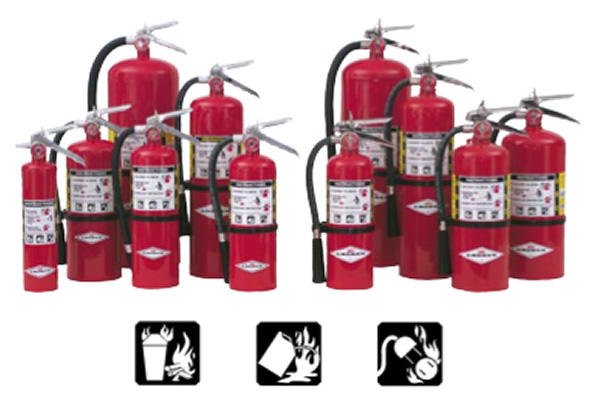Fire Extinguishers
A fire extinguisher isn't really a tool, but it's a must for your vehicle. Get the 23⁄4-pound dry-chemical ABC-rated type.
An engine fire won't necessarily ruin your vehicle — if you can extinguish it quickly. A gasoline leak can be ignited by a stray spark from your spark plug wires. The resulting fire looks awful, but it's really burning on the outside of your engine. If you put it out quickly, your vehicle may suffer little or no damage.
Cigarette butts may land on your backseat, causing a fire, and fires can be caused by ruptured fuel lines and faulty wiring as well, so an inexpensive fire extinguisher not only may save you money but also may save your life. If the flames are anywhere near the fuel tank, forget the heroics; just run for it and throw yourself to the ground if you think that the tank may explode.
Because the fuel tank is usually located right under the rear of most vehicles, keep your extinguisher under the front seat so that you can get to it when you need it. It should be in a suitable bracket that will prevent it from rolling under the pedals.
Funnels
You use funnels to fill your coolant recovery bottle and add oil, brake fluid, windshield washer fluid, and transmission fluid. Steal a large funnel from the kitchen and dedicate it to auto work, or buy one at an auto supply or hardware store.Either metal or plastic is fine as long as you clean it thoroughly after each use.
Some automotive funnels come with a short hose attached so that you can insert the hose directly into a narrow opening in a space that's too small for the funnel to fit into.
From Auto Repair for Dummies, copyright © 2009 by Wiley Publishing, Inc., Indianapolis, Indiana. Used by arrangement with John Wiley & Sons, Inc.










